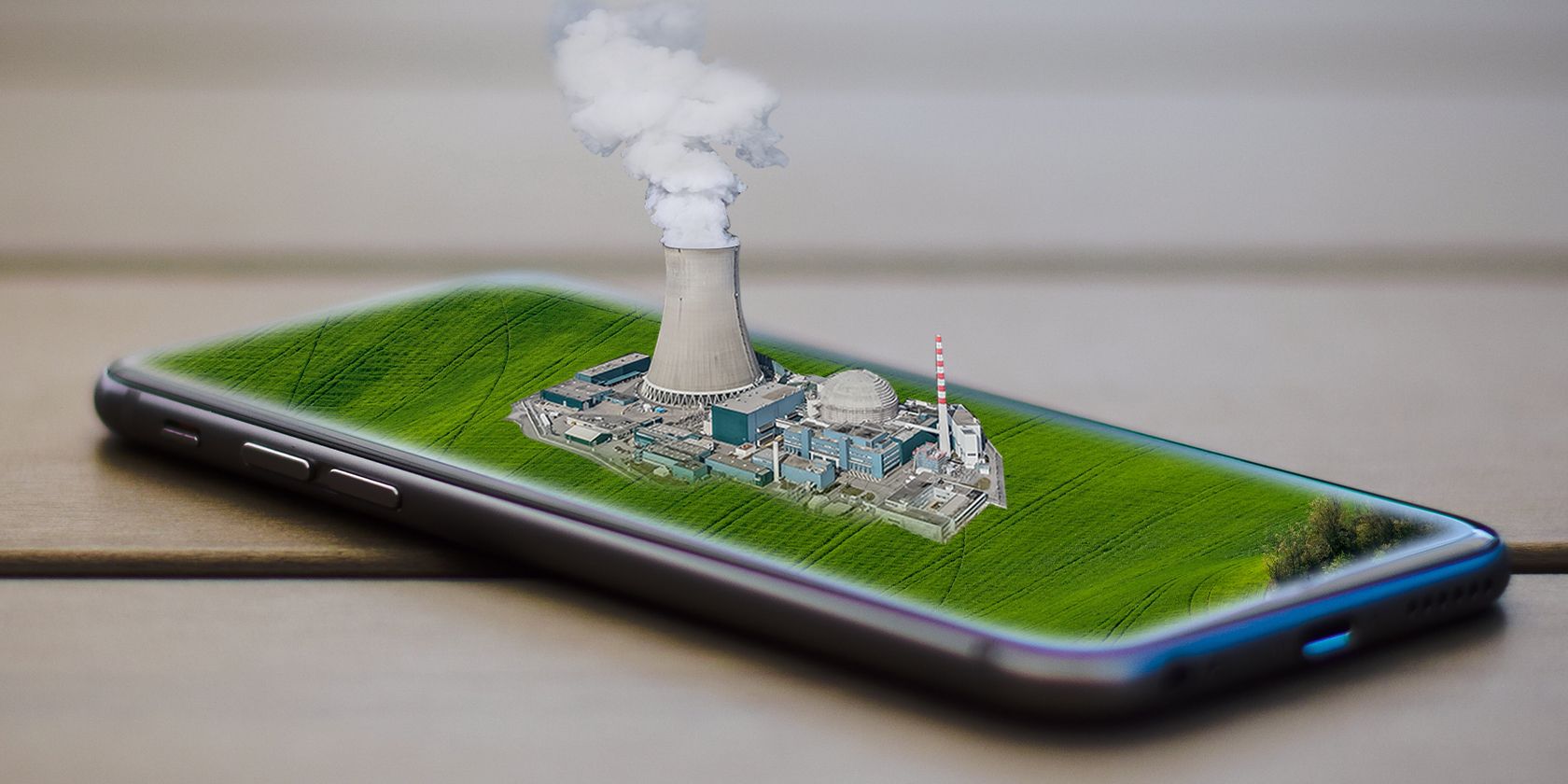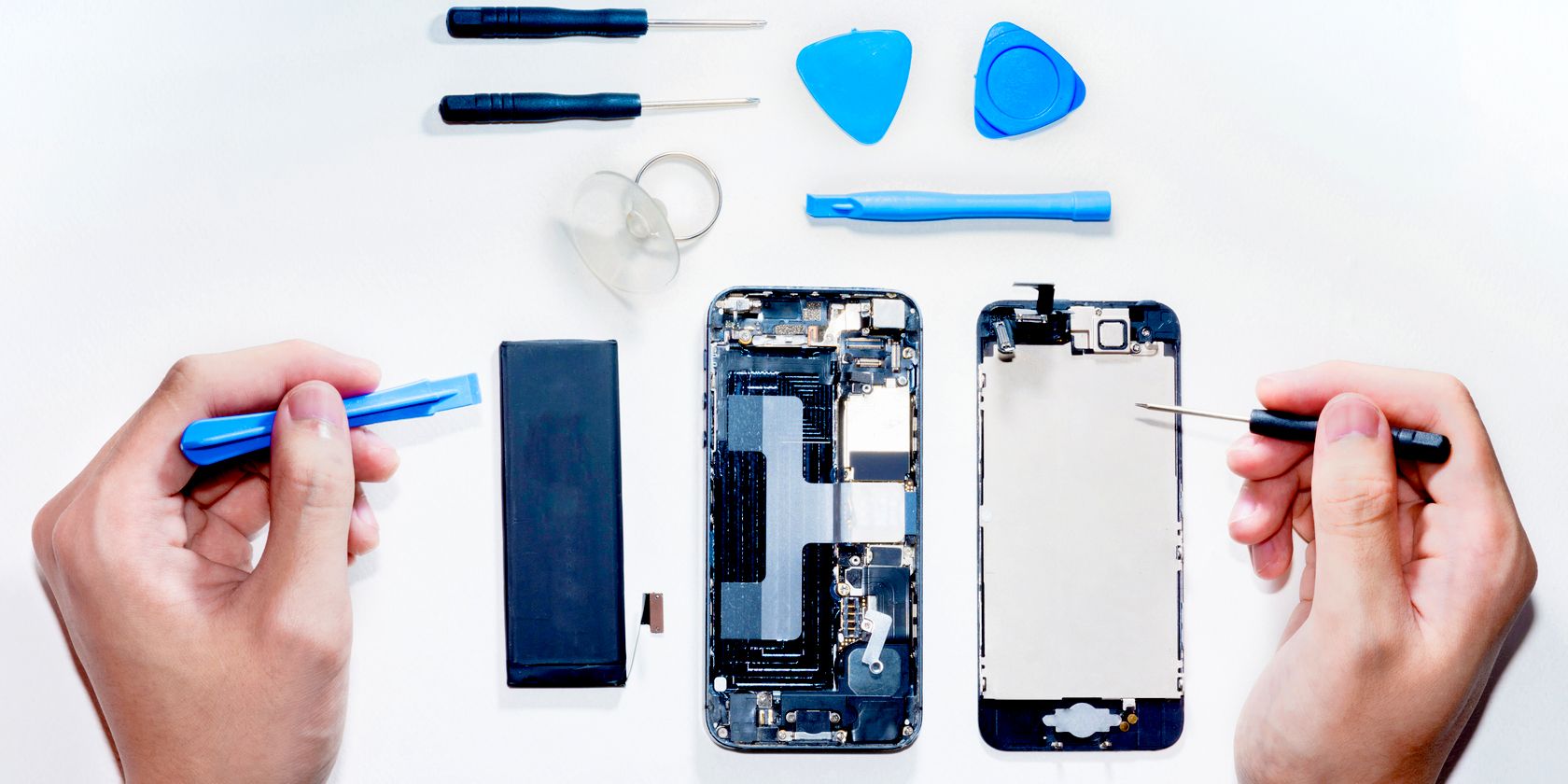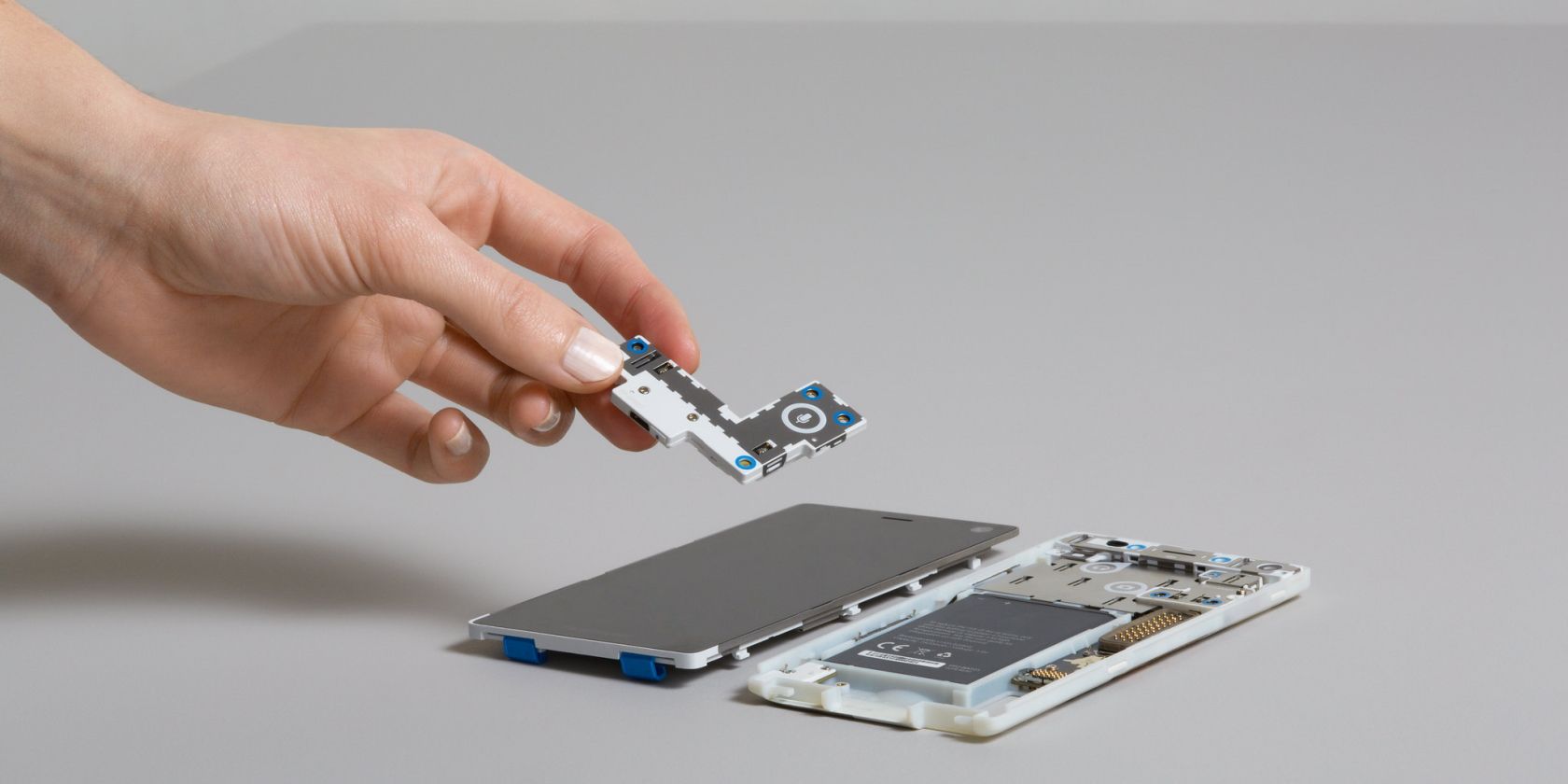Every year, smartphone makers launch a new phone. Whether on Android or iPhone, there's always something to upgrade to annually. Because of this constant trend of newer and better technologies, it's normal for users to upgrade their phones every two to three years, even if the phone still runs well.
It isn't a problem to upgrade smartphones as often as possible, especially if you can afford it. However, with millions getting a new phone periodically, this trend has a higher unseen cost—its environmental impact.
So, what exactly does it cost the planet when you needlessly upgrade your phone?
How Much Is a Phone's Carbon Footprint?
Computing carbon footprints can be complicated. Thankfully, several phone manufacturers are aware of environmental issues and do the computing for us. For example, Apple already has a database outlining the carbon footprint of each model throughout its lifetime—from sourcing the raw materials to manufacturing, shipping, use, and recycling.
So, for this example, let's look at the iPhone 13 Pro Max. The flagship iPhone model is responsible for an estimated 74 kg of carbon dioxide emissions throughout its life. 80% of this is generated during manufacturing, with an additional 4% spent on transporting the phone from its place of manufacture to an Apple Store. That means, even before its gets on your hands, the iPhone has already cost the planet 62.16 kg in carbon emissions.
Smartphone manufacturing has a tremendous environmental cost because of its materials. When you look at your device, you only see plastic, glass, and aluminum. But that's just the screen, casing, and chassis. Inside, it contains several other elements like tungsten, tin, gold, lithium, and other rare earth elements.
These metals don't just exist on the surface of the earth. Instead, it must be mined and refined, requiring the movement of tons of earth, plus more resources to get pure minerals from the dug-up rocks.
Upgrading to Keep Up With Tech Is Bad for the Planet
Most phones in 2022 can last at least four years with no repairs or replacements, and even more if you replace the battery once it's worn out. And with Apple and some Android manufacturers pledging to release updates for up to seven years, phones can last long. If you care for the environment and you're an Android user, you should at least pick a smartphone manufacturer that has good update support.
However, one of the major drivers of smartphone purchases is people upgrading to get the latest and greatest hardware. Consider this: according to a Phone Arena report, Apple sold an estimated 40 million iPhones during the 2021 holiday season.
In a 2015 report from Statista, 51% of iPhone users upgrade every two years, while 2% get a new model as soon as it's released. Assuming that metric still stands true today, over half of the iPhones sold during the 2021 holidays were unnecessary upgrades.
When we average the carbon emissions of all iPhone 13 models, we get an average of 67 kg of carbon emissions per phone. If we multiply that by the number of phones sold for 2021's holiday season, we get an astonishing 1,420,400,000 kg of carbon emissions.
That's equal to the carbon footprint of year-long energy use of nearly 180,000 homes—all for needlessly upgrading devices.
How to Buy a New Smartphone Without Increasing Its Environmental Impact
All this data shows that upgrading smartphones and discarding the good ones we currently own harms the planet. But it's also unrealistic to stop expecting people to upgrade their phones when a new one comes out, especially if they can afford it.
So, how can you be a part of the solution while reducing carbon emissions?
Upgrade Only When You Have To
This is the number one thing that will help reduce the carbon footprint of the smartphone industry. As long as your phone is still perfectly working, don't upgrade. It can be tempting to upgrade to a new phone, especially as carriers let you get a new device at an insanely low price with a plan, compared to buying an open-line phone for cash.
However, unless your phone is irreparably broken, hopelessly outdated, absolutely sluggish, or you need better performance for work, then don't upgrade. And to help save money, ask your carrier if they offer contract-free sim-only downgrades, allowing you to upgrade to a new device when you need one.
Repair, Don't Replace
One of the reasons people buy a new phone is that they've damaged their present one. Unfortunately, many manufacturers discourage repairs by charging ridiculously high prices for repair services, and they also prevent third-party repairs by blocking the user's right to repair their devices.
Nevertheless, if your smartphone's damage is repairable, get it fixed before buying a new one. Repairs have significantly smaller carbon footprints and should also be cheaper, helping you save money.
Reuse It, Sell It, Recycle It
If you really need to upgrade, and your current phone is still usable, don't throw it in the bin or keep it hidden in your drawer. Instead, reuse it for other purposes. For example, instead of buying a good webcam in place of your laptop's poor-quality built-in webcam, you can use your old smartphone's rear camera, which is probably lightyears ahead of the third-party webcams in terms of image quality.
Alternatively, you can sell or give away your old yet usable smartphone. That way, someone who can't afford to buy a brand-new flagship model can get yours for free or at a discount. That's one less smartphone sold in the market while extending your phone's life.
Lastly, you can take advantage of manufacturer trade-in promotions. When you trade-in your device, you get a discount, plus your phone is either resold as a refurbished device or its parts are recycled for use in newer models. That helps reduce the phone's carbon footprint by extending its useful life or serving as raw materials in the future, thus reducing the need for further mining.
Get a Modular Phone
If you don't need the power of flagship devices, you should go for a modular phone. While these phones will never have the groundbreaking capabilities of the Samsung Galaxy S22 Ultra or the Apple iPhone 13 Pro Max, they're easy to repair, and you can even upgrade them.
For example, suppose you bought a modular phone like the Fairphone 3 in 2020. It's still usable today, but its camera quality is falling behind. With a modular phone, you can easily upgrade just the camera module. Or, if your phone's battery has already stopped working optimally, you can easily swap it for a new one with your modular device.
Modular devices will help increase the overall life of your smartphone, and you don't have to suffer from poor performance near the end of its life since you can upgrade it as needed.
Stay Up-to-Date But Reduce Your Carbon Footprint
Just like cars, smartphones were invented to make our lives easier. But if we don't control its environmental impact today, we might run into a future where our smartphones are destroying the very planet we're living in.
Thankfully, companies like Apple and Samsung are taking steps to reduce the carbon footprint of their smartphones through recycled materials and renewable energy. We can further help these efforts by ensuring that our old phones don't go to waste every time we upgrade our devices.







